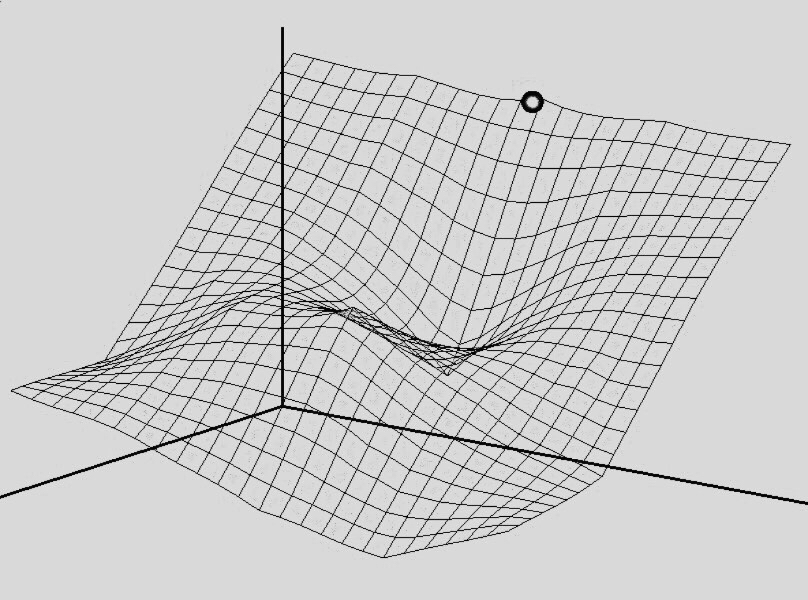by Helen Hill for CBIOMES
A warm welcome to graduate student Deepa Rao, who joins the MIT-CBIOMES Group this month.
Deepa Rao is a PhD candidate in the MIT-WHOI Joint Program for Oceanography. Rao’s research focuses on the impact of non-trophic interactions in microbial communities. Currently, she is examining the potential for iron and vitamin B12 co-limitation in Antarctic phytoplankton communities, with a focus on the micronutrient limitation of Phaeocystis antarctica, a keystone species in Antarctic seas. Her PhD research includes laboratory-based cultures to understand microbial ecophysiology through proteomics; field-based uptake rates of trace metals and nutrients in Antarctic seas; and model development of non-trophic interactions among microbes and between morphotypes of a single species. Deepa is working closely with Mick Follows and Stephanie Dutkiewicz as well as, Dr. Mak Saito (WHOI) on this research.
Before her PhD, Rao completed her MA in Communication, Culture, and Technology at Georgetown University (2014) where she developed an educational art-science kit about fractals in nature as a way to engage audiences with math and science in the world around them. She continues to educate public audiences about science using creative, interactive, and artistic approaches. Rao completed a BSc in Earth, Atmospheric, and Planetary Sciences from MIT (2012), where her thesis focused on isolating soil microbes that utilize atmospheric hydrogen and quantifying their hydrogen uptake rates along with analysis of their life cycle. Her research interests and experience encompass microbial interactions, ecophysiology, biogeochemistry, and modeling of non-trophic interactions. Throughout all of her work, she enjoys integrating insights across scales to improve our understanding of complex ecosystems.
Story image: In her spare time, Deepa enjoys drawing and watercolor, traveling (often including biking and hiking), cooking, photography, and reading poetry and science fiction.


